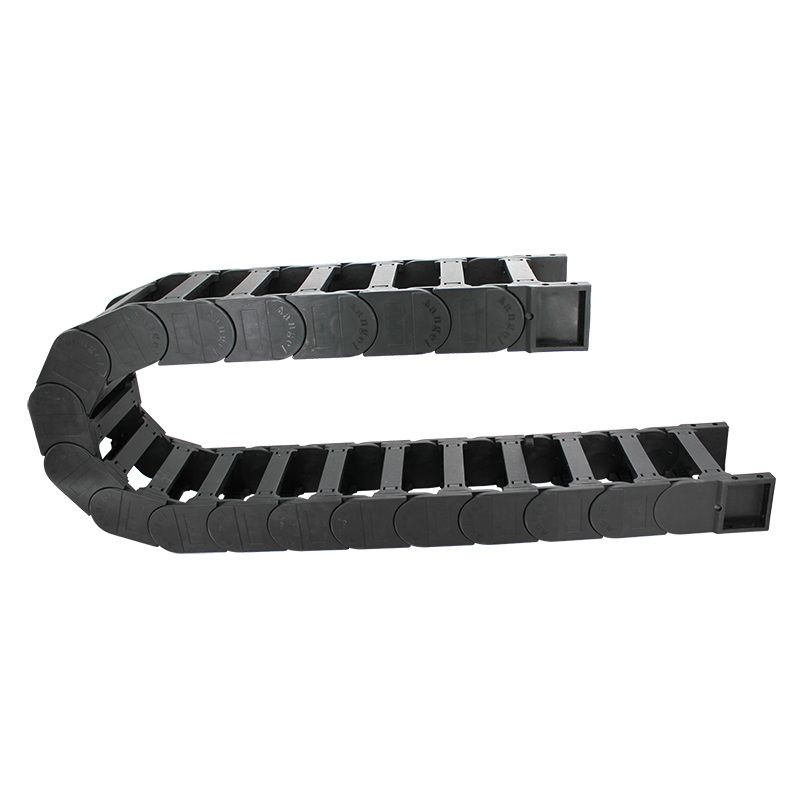synchronous belt vs v belt
Synchronous Belt vs. V-Belt Understanding Their Differences and Applications
When it comes to power transmission in mechanical systems, two of the most common types of belts are synchronous belts and V-belts. Each type has its unique properties, advantages, and ideal applications, making it important for engineers and technicians to understand their differences when selecting the appropriate belt for a specific task.
Synchronous Belts
Synchronous belts, also known as timing belts, are designed for positive engagement with their corresponding sprockets or pulleys. This type of belt features teeth that fit into grooves on the pulley, ensuring that the belt and pulley rotate in perfect synchrony. This design leads to a variety of notable advantages.
1. Accuracy and Precision One of the primary advantages of synchronous belts is their ability to maintain accurate timing between components. This makes them ideal for applications where precision is critical, such as in robotics, CNC machines, and automotive timing systems.
2. Reduced Slippage Unlike V-belts, which can slip under heavy loads, synchronous belts experience minimal to no slippage. This characteristic translates to improved efficiency and reduced wear on components, resulting in longer lifespan and lower maintenance costs.
3. Less Noise Synchronous belts operate more quietly than V-belts because they do not experience the same kind of flexing and movement. This makes them ideal for applications where noise level is a concern, such as in office equipment and home appliances.
4. Higher Load Capacity Synchronous belts can transmit higher loads than V-belts due to their design, which enables better distribution of stress across the belt and pulleys. This makes them suitable for applications requiring high torque.
V-Belts
V-belts, on the other hand, have a trapezoidal cross-section that wedges into the pulley grooves. This shape allows for friction to transmit power, a principle that works efficiently in various conditions.
1. Versatility V-belts are widely used in a variety of applications, from household appliances to industrial machinery. Their versatility makes them a popular choice for general-purpose power transmission.
synchronous belt vs v belt

2. Simplicity and Cost-Effectiveness V-belts are generally simpler to install and replace than synchronous belts. They are also usually less expensive, which can be a significant factor for companies looking to reduce costs.
3. Shock Load Absorption V-belts can absorb shock loads better than synchronous belts. This means they can handle sudden changes in speed or load without failing, making them suitable for applications prone to fluctuations.
4. Ease of Alignment V-belts can handle misalignment better than synchronous belts, which require precise alignment to function correctly. This flexibility can simplify installation in certain situations.
Choosing Between Synchronous and V-Belts
When deciding between synchronous and V-belts, several factors should be considered
- Application Requirements If precision timing is critical, such as in robotics or automotive applications, a synchronous belt is likely the better choice. However, for less demanding applications, a V-belt may suffice.
- Space Constraints Synchronous belts often require more precise alignment and tensioning compared to V-belts. In tight spaces where adjustments may be difficult, V-belts can offer a simpler solution.
- Load Characteristics Consider the load requirements of the application. If high torque and load capacity are vital, synchronous belts are preferable. Conversely, for applications with lower loads and occasional shock absorption needs, V-belts may be more appropriate.
- Budget Cost considerations can also play a significant role in the decision process. While synchronous belts offer many advantages, they can be more expensive than V-belts. Companies should weigh the benefits against the costs when making their choice.
Conclusion
Both synchronous belts and V-belts have their own strengths and weaknesses. Understanding the specific requirements of the application, the operating environment, and budget constraints is crucial in making an informed decision. By evaluating these factors, engineers and technicians can select the right belt that ensures optimal performance, efficiency, and longevity in their mechanical systems.








